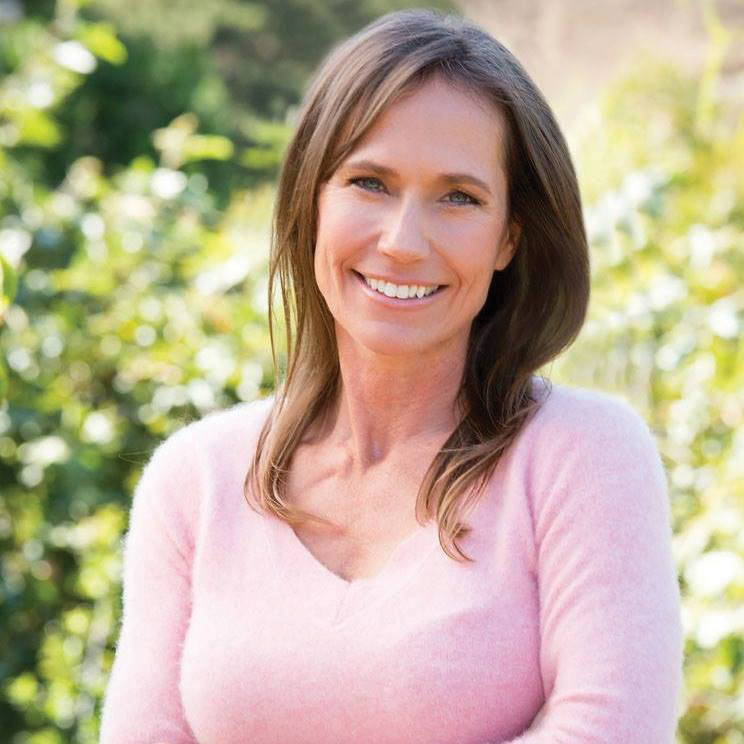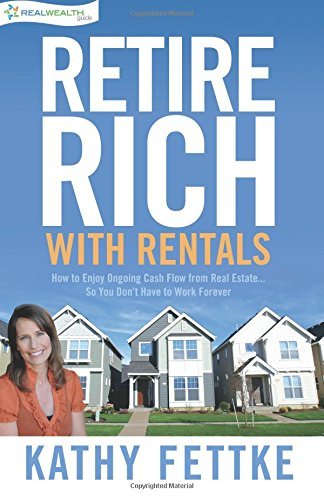- A MARKET UPDATE BY KATHY FETTKE
We’ve heard a lot about millennials pouring into to city centers as they chase after jobs, social connections, luxury apartments and condos, and the benefits of the sharing economy. But a new report shows that the biggest U.S. metros are experiencing a renter “boom” in the suburbs — and RentCafe says suburban Atlanta is at the top of that list.
That’s creating new opportunities for investors looking for single-family rentals with low prices and high returns, and Atlanta is a great place to find them. Atlanta was a superhot market for the single-family investor just a few years ago, but popular neighborhoods got a little too popular and prices rose. Other neighborhoods hadn’t recovered enough to draw interest. As the wheel turns for real estate hot spots, neighborhoods that were shunned before, are looking better now and many of those great locations are in the suburbs.
What’s Happening in the Suburbs?
The RentCafe report says it looks at Census data for a 5-year period, from 2011 through 2015. And, it found that urban centers have not gained as many renters as we’ve come to believe. It says the numbers show that suburban areas gained substantially more renter households than their urban counterparts in 19 out of the 20 metros it reviewed.
In Atlanta, the data shows a net gain of 52,300 suburban renter households during that time frame. That’s a 26% increase in those households. That’s a huge number of additional renters in just a 5-year-period. Atlanta’s urban area only gained 15,100 renters which reflects a 10% increase.
Suburban rent growth was so strong in Atlanta, St. Louis, Riverside County California, and Boston, it was “three” times that of their more urban counterparts. RentCafe says of the 20 metros areas it studied, suburban areas gained about 700,000 new renter households in that 5-year period. City centers in those same areas gained about 600,000. In Riverside County the percentage of suburban renter growth was lower than Atlanta but the overall number of new renter households was much higher, at 60,500. Just 18,500 renter households were added in urban areas. Chicago also saw substantial suburban renter growth, along with Miami, and Dallas.
RentCafe says the main reason for the shift is “cheaper rents”. Renters are also getting more family-friendly neighborhoods with garden-style apartment communities. They are also finding that schools are usually better in the suburbs, neighborhoods are quieter, and their living expenses take a smaller bite out of their paycheck. RentCafe says that an analysis of the Yardi Matrix database shows that renters save about 11% or a month’s worth of rent if they move to the suburbs, based on average rents in the 20 areas studied.
What’s Going on in “Hotlanta”?
It’s bustling with life, people are finding jobs, and the city is making some big quality-of-life improvements. Atlanta is undergoing a big redevelopment plan. That’s contributing to those jobs and making the city a more attractive place to be. Just to give you an idea of the kinds of things Atlanta is doing, there’s a huge project underway called the “Atlanta Beltline”. It’s a project that will connect 45 city neighborhoods with a 22-mile loop of multi-use trails, streetcars, and parks. The Beltline website says it has received several awards as for its visionary approach to making the city more walkable, bikeable, and oriented toward public transit. The project is making use of long forgotten rail lines that circled the city.
There’s also the former Bellwood Quarry that is being turned into a huge park and reservoir. You may have seen the stunning granite quarry walls and bright blue tint of the water in scenes for “The Hunger Games”, “The Walking Dead”, and “Stranger Things”. The city is investing at least $300 million dollars to turn the water-filled quarry into a 2.4 billion gallon reservoir. When it’s done, it’s expected to hold a 30-day supply of drinking water for 1.2 million people. Once the reservoir is finished, the city will develop the surrounding 300 acres as the city’s largest park. The new Westside Reservoir Park will also be connected to the city via the Beltline.
There’s also the conversion of the former Fort McPherson Army base into a huge movie studio complex. African American filmmaker Tyler Perry bought the historic 330-acre piece of real estate in 2015 and is turning it into the latest version of his Tyler Perry Studio. The L.A. Times reports that when it’s done later this year, it will be one of the largest studios in the country. The paper also says that Tyler hopes to create 3 to 4,000 news jobs at the studio, and recruit people from low-income parts of Atlanta.
Major upgrades are also coming to one of Martin Luther King Junior Drive which runs right through the city center — past the state capital, the historic Atlanta University Center, and the Georgia Dome. It’s a 12-mile stretch that has become an eyesore with old or abandoned buildings in need of repair. The city plans to convert the 4-lane road into two traffic lanes, and two for bicycles. There will also be new roundabouts, plant-filled medians, small parks, and new pedestrian crosswalks.
And then there are two new sports stadiums in the making. Both the Falcons and the Braves are building new stadiums. That’s expected to bring tens of thousands of new jobs to the city. And the city is already experiencing job growth that’s higher than the nation’s average. The latest report from the U.S. Department of Labor shows that Atlanta experienced a 3.6% growth rate for non-farm jobs in the last year. Jobs for the professional and business services industry grew the most at 4.6%. That’s well above the 3% growth rate for that sector nationally.
Percentage of Suburban Renter Growth
These are just a few things going on in “Hotlanta”. As for the percentage of suburban rent growth for the other areas, Phoenix and Riverside County came in with a 23% increase. Tampa, Dallas, and Minneapolis range from 18% down to 15% growth in suburban renters. Detroit, Miami, and Denver experienced a 14% renter growth rate in the suburbs. Houston, Washington, D.C., and Seattle were all at 13%. Chicago was at 12%. San Francisco at 10%. San Diego and St. Louis were at 9%. Los Angeles, Boston, New York, and Philadelphia were at the bottom of the list with a 7% to 3% suburban rental growth.
The Real Wealth Network offers opportunities for investors to own single-family rentals in several of those suburban markets. We will be talking about opportunities in suburban Atlanta at some of our upcoming live events. For information about our calander, visit Realwealthnetwork.com and just click on the “learn” tab and then the “live events” tab.
 LEARN MORE ABOUT KATHY FETTKE
LEARN MORE ABOUT KATHY FETTKE
Kathy Fettke is Co-CEO of Real Wealth Network and best selling author of Retire Rich with Rentals. She is an active real estate investor, licensed real estate agent, and former mortgage broker, specializing in helping people build multi-million dollar real estate portfolios that generate passive monthly cash flow for life. With a passion for researching real estate market cycles, Kathy is a frequent guest expert on CNN, CNBC, Fox, Bloomberg, NPR, CBS MarketWatch and the Wall Street Journal. She was also named among the “Top 100 Most Intriguing Entrepreneurs” by Goldman Sachs two years in a row. Kathy hosts two podcasts, The Real Wealth Show and Real Estate News for Investors — both top ten podcasts on iTunes with listeners in 27 different countries. Her company, Real Wealth Network, offers free resources and cutting edge education for beginning and experienced real estate investors. Kathy is passionate about teaching others how to create “real wealth,” which she defines as having both the time and the money to live life on your terms.








